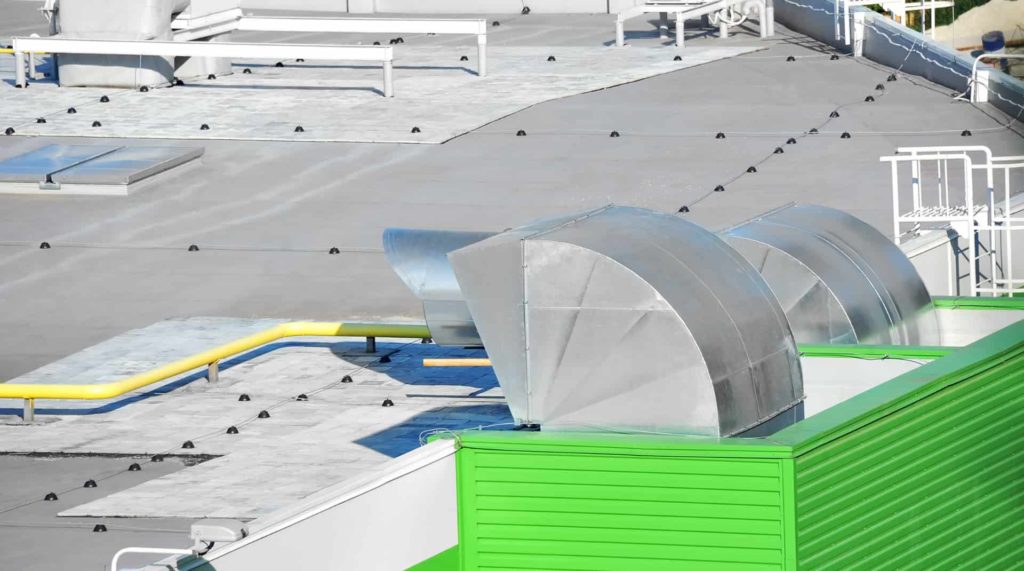What is Variable Refrigerant Flow?
Variable Refrigerant Flow (VRF) or Variable Refrigerant Volume (VRV) in simple terms is a ductless HVAC system that can run on a large scale and at a high capacity. In an industrial project, the industrial HVAC consultant understands the requirements of the HVAC system and designs accordingly.
VRFs use a refrigerant as heating as well as a cooling medium. The system can be with a single or multiple condensing units.
The VRF system has to be designed as per the requirements of the project. Additionally, the MEP consultant is involved from the start of the project especially in projects which are designed as per “Total Design”,
What are the advantages to be considered by an HVAC Consultant?
The VRF system has multiple advantages. Some of them are as follows:
- It provides heating and cooling simultaneously for various parts of the industry at the same time.
- The occupants can customize the temperature
- The system provides for multiple speed compressor settings
- The system can be designed as per space availability.
- The VRF system is not as noisy as the old technology HVAC systems.
- The systems are easy to install.
- They are energy efficient
- The air quality is better as compared to the conventional HVAC systems
- The system is modular and expansion of the system is easy.
- Maintenance and operation is easy
These are the advantages that have to be considered by an MEP consultant while designing an industrial project.
What are the types?
Generally, the industrial HVAC consultant chooses from any of the three types of VRF:
- Cooling Only VRF System: This system removes heat from the area and keeps the space cool. This doesn’t provide for a heating system.
- Heating or Cooling VRF: This acts like central climate control equipment. This system provides a choice between heating and cooling. It has a furnace and an air conditioner. The user can set it for heating or cooling
- Heating and Cooling VRF System: This system offers cooling and heating simultaneously. This is useful in it has to run over a large area. The setting can be kept different for different areas.
To conclude, the requirements of the project, the efficacy of the system and the cost are usually deciding factors. Additionally, the consultant has to consider the maintenance and operational costs.
Subsequently, the HVAC consultant has to design a VRF system based on the requirements of the project, equipment available, local weather conditions and budget.












